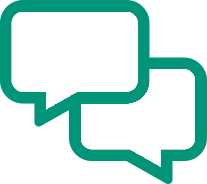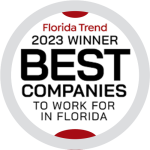La Plata County, Colorado, was founded in 1874. They serve a population of 55,000 citizens with three municipalities in an area that is 1,690 square miles – that is larger than the state of Rhode Island. The county employs 450 people. 217 staff members use Laserfiche in 12 departments:
- Attorney’s Office
- Clerk’s Office
- Finance Department
- IT Department
- Planning & Zoning Department
- Purchasing Department
- Social Services
- Building & Permitting Department
- Human Resources Department
- Law Enforcement
- Public Works Department
- Record Department
How did Content Services Platform (CSP) transform the county’s operations?
La Plata County needed to streamline and expedite processes for employees to request products or services necessary to support our customers, citizens, and other employees. The elimination of paper-based forms is one project they implemented to achieve this goal.
By replacing paper-based forms with digital capture, the errors of manual and paper-based processes disappeared.
Paper-Based and Manual Challenges to Overcome:
- Illegible Forms
- Incorrect Forms
- Time-Consuming to Complete
- Required Manual Routing
- Manual Tracking Process
These issues required manual intervention to correct the form, which was wasteful and inefficient. Even worse, the corrections had to occur before the business process could commence, resulting in time delays to county staff and ultimately, the citizenry that we serve. Additionally, the paper forms were typically only accessible at the physical location of the business process owner. Finally, storing and retrieval remained a manual process, which became extraordinarily cumbersome, time-consuming, and inefficient when a record needed extraction for legal discovery or public records requests.
The County use Laserfiche to:
- Inherent Error-proofing Features
- Automatic Routing
- Creation of Metadata Templates
- Intuitive Document and Record Storage
Electronic Processes include:
- Employee Onboarding
- Procurement Actions
- Applications for Boards and Commissions
- Employee Health Fair
- Flu Shot Registrations
- Budget Requests
The La Plata County Innovation Initiative began in September 2016. The purpose was to promote, lead, and implement innovation and creativity throughout the organization to maximize operational efficiency, increase job satisfaction, and reduce costs. La Plata County seeks to leverage existing technologies to achieve the stated purpose of the Innovation Initiative. Specifically, we aim to streamline and expedite the processes that a county employee must use to request products or services necessary to support our citizens.
This project utilizes an existing Enterprise Content Management (now called a Content Services Platform or CSP) application, Laserfiche, to create web forms. The proprietary web forms are used to collect required information, create a digital document, automatically route the request to the appropriate staff agency, and ultimately archive the digital artifact. Accordingly, the benefits derived from digitizing data capture, automating routing and approval, and streamlining manual processes increased operational efficiency in processing routine tasks. It increased employee morale and job satisfaction by empowering employees to affect positive change and cost savings, realized through their skills gained and cost avoidances.
Implementation commenced through the creation and hosting of an internal County Enterprise Content Management user group. The IT Department began an intensive training and education program designed to introduce the capabilities of the online form to the County’s staff. Once they learned about the features, and how to create a form within Laserfiche, the team returned to review their paper-based processes to determine the best course of action for digitization.
One-on-one training and business process evaluations occurred during site visits by the IT Department representative following the initial training session. Once paper-based processes were identified by the process owner, they created the form and the metadata templates associated with the digital documents. The result created automatic routing, email approvals, advanced search capabilities based on the metadata templates, and intuitive storage effectively streamlined many business processes.
The success of the Innovation Initiative with web forms brought additional benefits:
- The entire process is paperless from start to finish – this means no illegible applications. Organic error corrections and missing data prompts ensure a fully completed and accurate form is submitted the first time, reducing waste and redundancy in correcting flawed forms.
- Dynamic fields in the form ensure that only relevant data fields are presented to applicants, resulting in time savings.
- The Workflow engine allows for a seamless transition between the submission and application review. It also stores the records in the repository. The entire business process is transparent to our users.
- Advanced search capability based on the completed metadata templates reduces staff time in complying with CORA requests, legal holds, and discovery requests.
- Managers, Supervisors, and Administrators can see and track the progress of each form. This allows them to ensure that every detail is reviewed and accomplished promptly. They can quickly locate where delays happen and address them directly with the staff responsible.
An example of the tangible benefits of improving a process by using a web-form is the County’s land parcel split process – an innovation completed by the County Assessor’s Office. Before the implementation of the online form, the deed process was fully paper-driven and time-intensive. The deed process obtained time savings (soft dollar cost) of over 500 staff-hours per year. We recorded a cost avoidance savings of $261 hard dollars per year for reducing the need to print. We leverage the inherent capabilities of Laserfiche across our organization.
The Administration Department eliminated the use of a Boards and Commissions software application in 2017 by building a database, application form, and tracking system inside Laserfiche Forms. We eliminated the annual maintenance fees for a software application used for Licensing, and we will build our licensing application into Laserfiche Forms too!
The new licensing system will do the following:
- Begin at Origination
- Approvals
- Filing and Retention Schedules Applied
- Transfers
- Final Dispositions
- Includes Required Outputs – Licenses, Reports, Monitoring, and Online Queries
- Internal & External Notifications
- Tasks Required to Process License Types – Marijuana, Liquor & Ambulance
Share specific business process management improvements that your organization experiences:
We are excited about our online Property Tax Filing process. Owners of taxable personal, commercial, residential and lessor property, are required to file a declaration schedule with the Assessor’s Office by April 15 each year. A declaration form is mailed to every known business owner by the end of January each year at the cost of $1,500. There are currently 2,742 personal property accounts representing almost $150,000,000 in value. The current process includes mailing, receiving, processing, filing, and scanning 3,502 declaration pages, which takes one employee approximately three months to complete. We converted this process in 2018.
The business process for Property Tax Filing gives taxpayers online access. Citizens can review account details, and file personal property declarations with a valid email, account number, and FEIN. Once the taxpayer account is verified, they receive an email with a link to their declaration schedule. The schedule populates with their account information, including their itemized listing to check the current information, update and submit. The data entry errors decreased and offered the public an easy and efficient way to file, reducing the number of inquiries and ensuring accuracy.
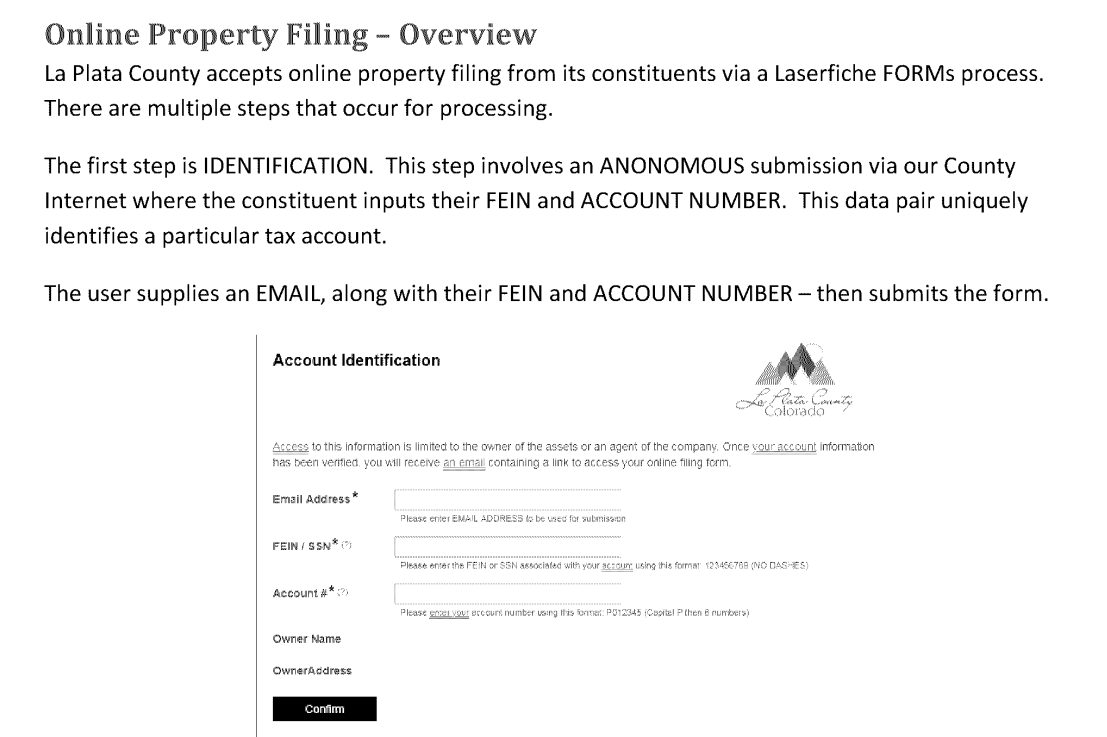
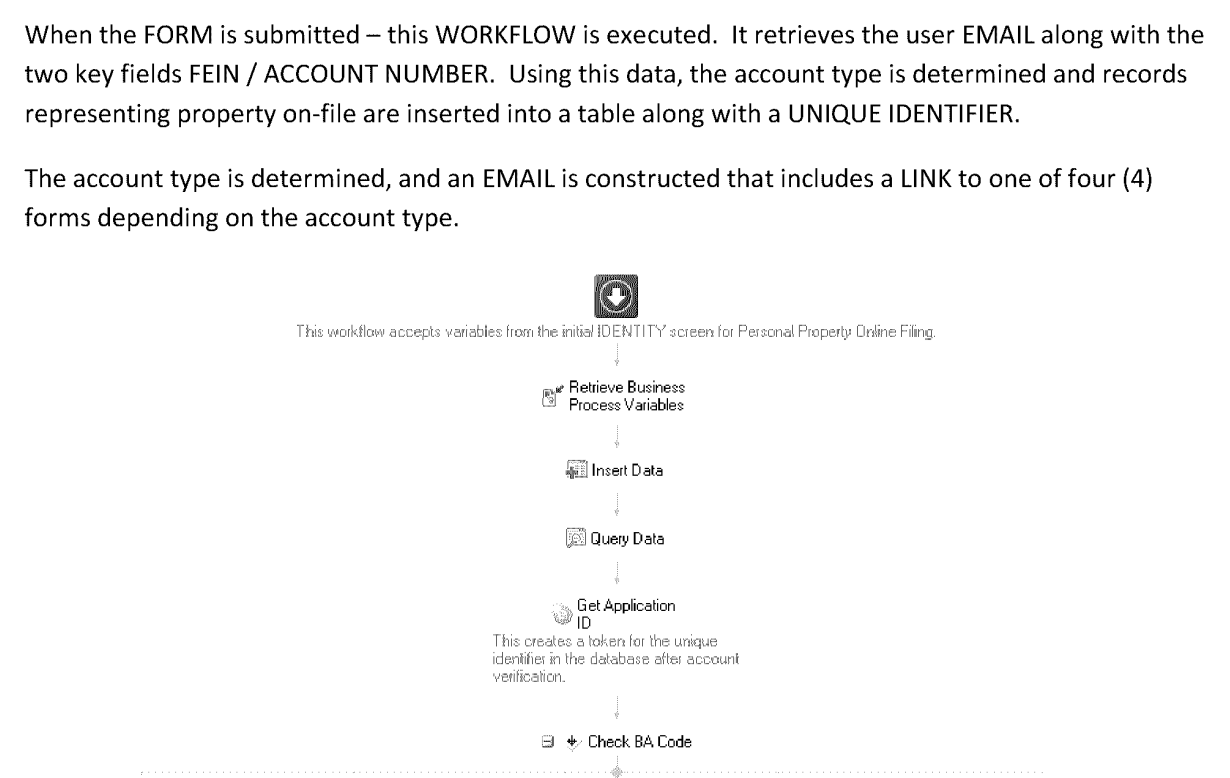
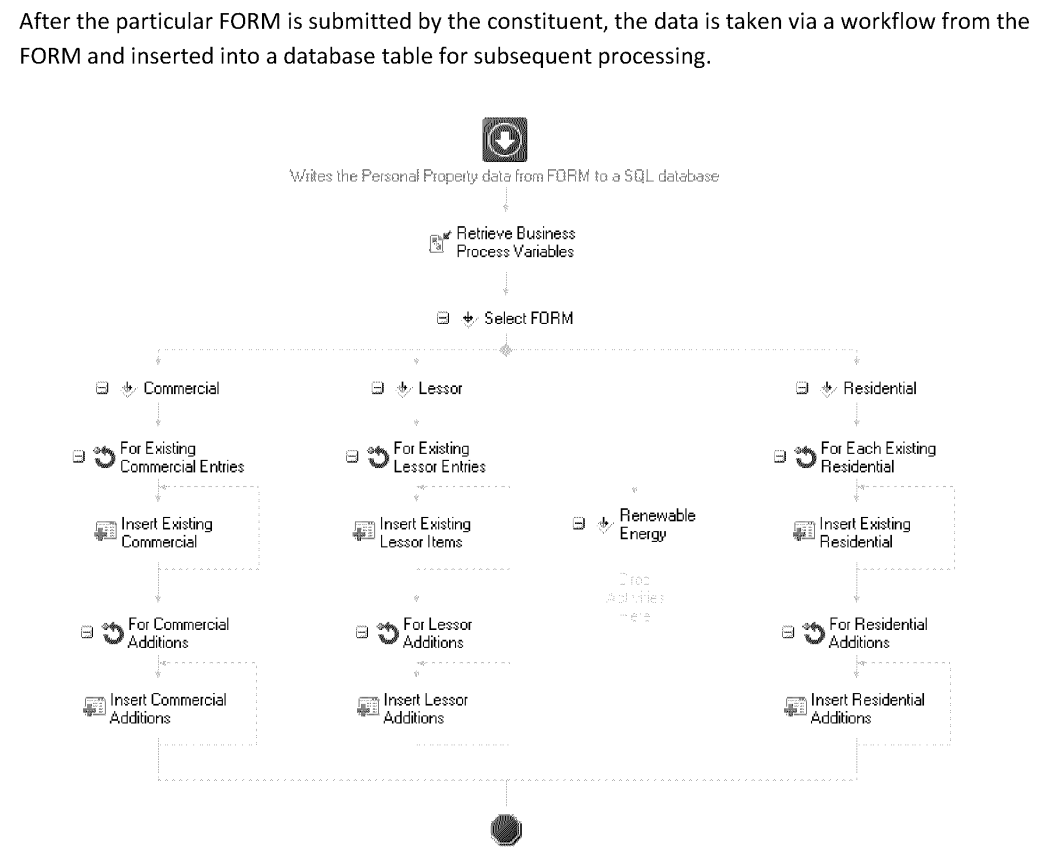
How do you quantify the savings by implementing Laserfiche as your content services management platform?
Historically, much of the County’s property tax base derived from coalbed methane gas production. In recent years, natural gas prices and production fluctuated, trending downward. The decline had a deleterious effect on property tax revenue. In 2018, La Plata County’s total property tax revenue was expected to be $14.9 million, compared to $29.4 million in 2010 – declining by 49%. And property tax revenue from natural gas production fell 78% during the same period. It went from $17.6 million in 2010 to $3.8 million in 2018.
With an 8.5-mill levy, our County has the fourth-lowest property tax rate I the state. The Department of Local Affairs’ 2014 County Comparison Report of Colorado’s 52 small and medium-sized counties reports the median mill levy was 20.021 mills. At $293.61 per capita property tax revenue, La Plata County ranks 41st among 52 like-sized counties in the state. When oil and gas activity was strong, that low mill levy rate was adequate to support the County’s level of service. However, when the activity reduced, the low tax rate became a vulnerability for our County.
Our goals include developing both short and long-term plans for La Plata County’s financial sustainability. Living within our means is a consistent and fundamental value for our County. With the steadily falling revenue trend that we experienced over ten years, it became an overarching and urgent priority.
We took a three-legged stool approach to this challenge:
- Budget Reductions
- Revenue Enhancements
- Organizational Innovation
Replacing paper-based forms with web-forms is a direct result of the County seeking organizational innovation to maintain fiscal solvency.
We acquired Laserfiche in 2012, and the Forms Module add on in May of 2016. The initiatives described here did not incur any hard dollar costs to produce or implement. The only cost associated with our efforts were soft dollar costs related to staff time used to create the forms. A simple form creation can happen within two to three hours. More complex forms that require multiple conditional branches touching several departments may take as long as 48 hours to create and test. The capacity to work on higher-level issues increased. And more savings showed up in the reduction of paper and ink purchases, and reproduction costs.
Laserfiche Forms significantly contributes to the savings seen from 2016-2018. The total savings tracked through our Innovate La Plata initiative was $806,415. We attributed $66,755 in savings directly from the use of Laserfiche Forms. The soft cost saved $25 per hour. (Hard cost savings means money not spent. Soft cost savings means employee time not spent.)
We tracked our Innovation Accomplishments from 2016 to 2018, and it includes brief descriptions of each innovation per department.
With each innovation, our employees gain a sense of accomplishment, increased job satisfaction, and confidence.
What system integrations does the County use with Laserfiche?
We save all documents in Laserfiche’s repository from CityView, and conduct database lookups with Tyler, along with other operational systems.
How do the features and functionality of Laserfiche play a significant role in its success within your organization?
Our organization is made up of 450 people, with three employees in IT, who support the Laserfiche solution. Our extensive implementation of forms was possible because Laserfiche is easy to use.
The creation of Forms and Workflows are accessible to any user, not just an expert in the IT Department.
General departmental users are challenged to automate paper-based processes, and we empowered them with access, with minimal assistance from IT.
What are upcoming plans for Laserfiche within the County?
- Forms integration to GIS and Credit Card Processing
- Application Layer integration using Connector for select applications
- Optimize Repository around document retention and utilize shortcuts for a customized look and feel within the repository
What advice would you give someone beginning the Laserfiche transformation journey?
Take the recommended steps from the Laserfiche Digital Transformation Model:
- Digitize
- Organize
- Automate
- Streamline
- Transform
It may seem overwhelming at first because the software is so robust. But consciously taking each step to realizing the function and power of the solution entirely will facilitate your objectives even faster. Training at least one person in each department on Laserfiche Forms. It is so easy, user-friendly, and fun to use. Before you know it, your initial users will train others to use Forms, and process innovation will bloom everywhere! The best part of streamlining our process in Laserfiche Forms is that we can make tweaks to improve and update how we do things. We do not have to pay anything extra to ask someone to do it for us.
We have the know-how, power, and passion for making each process work precisely the way we want.
Story contributed by Sarah Jacobson, Administrative Analyst, and Mike Hawkins, IT Applications Manager
Interested in learning more about how MCCi can empower your organization? Contact us today.


